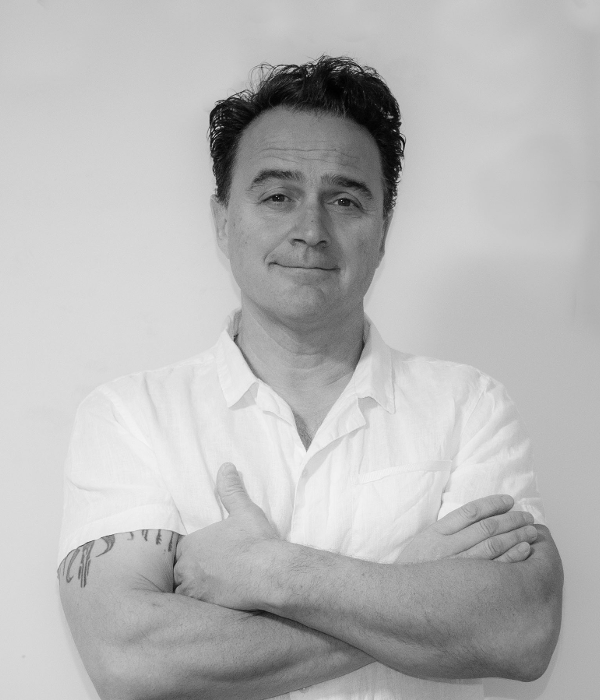Les McDonald
226-344-8788 | les4council2022@gmail.com

About
Les McDonald prefers to create videos about his views and messaging. Here's his introduction video:https://www.facebook.com/Les4Council/videos/3316712175220276/
How do you feel about our waterfront?
That is something I ask myself every day. This is a complex problem with deep roots in the not so distant past but I think it's important that we focus on doing what we can moving forward. We need to realize the opportunities we have missing out on and create a long term vision and plan to creatively, and co-operatively put a focus on the waterfront. Instead of making our remaining municipal waterfront available for condominiums and developers, I pledge to work hard to put those remaining lands to use for our community. There's been a lot of conversations about for example, keeping some of our waterfront parks passive or active. I also wonder if there's an opportunity to put our heads together, and our voices, to see if we can't find a creative way to make our town marina, which is 100% commercial, a mixed use area like Granville Island in Vancouver where an industrial waterfront zone has become a rich and vibrant center for arts, markets, restaurants, businesses and commercial operations like the operational gravel pit they still operate to this day.
How do you plan to keep Kingsville's rural lifestyle while supporting future development projects?
When I speak to local residents, most of us agree that we want to preserve Kingsville's small town appeal. I like to look at other examples of communities that have had or have the same challenge like Niagara On The Lake, or even as far West as Whistler, BC. We need a strong community plan for developers to follow from concept to final build with by-laws that have clear directions on aesthetics. If a particular bylaw states a building should be 3 stories max, then it should not end up being 6 stories. We need to engage with the Ontario Land Tribunal which has been rubber stamping high density projects here, and in other small communities without any thought for the community plan or vision. Right now it's a one size fits all approach and that isn't working. I need to be clear, I'm not anti-development, in fact the opposite. I'm a this AND that sort of person. However, we need to be in control of our own development parameters so that we can put the right project in the right place while creating more harmony. I think we are facing some major traffic issues because Main Street was not designed for the sorts of high density projects we are continually seeing happen. However, the good news is that our voices matter. For example, I'm meeting with Jeremy Capussi for a video chat about his project, 140 Main. His plan was to originally build two more buildings behind the current condominium recently completed that would be 6 stories high. The community pushed back and thankfully he listened and has decided to max out the new builds at 3 stories. He's also taking other positive steps towards reducing impacts on traffic and creating opportunities for the community to share some facilities. I'll share the video as soon as I am finished.
Traffic is one of the top issues facing our town. If elected, what would you do to fix this problem on the main streets( Main & Division)?
This is something I think about each and every day and the answer here, because we have let it get away from us, will be a complex one. However, I believe we can tackle this collaboratively and creatively. I know it's hard to appreciate right now but the town and planners have been actively working on this. We need to look at Main and Division as the heart and soul of our downtown district. If we treat it as an intersection of ROADS, it will become a high volume artery without character or the ability to support our small down downtown charm. Open streets has shown us that there are other ways of looking at this intersection. I say rather than view them as ROADS (which they become) we create a buffer zone where they remain STREETS. A road is a place for transportation of goods and a corridor for traffic, whereas a street is a place for community, businesses and a respite from chaos. A ROAD can become a STREET and return to being a ROAD with creative planning and the willingness to prioritize the quality and nature of our downtown core. This approach will also lend itself to being an easier transition to pedestrian friendly events like open streets and who knows what else we dream up.
.png?width=2016&height=202&name=Copy%20of%20YARD%20SIGN%20-%2024%20X%2018%20(2).png)